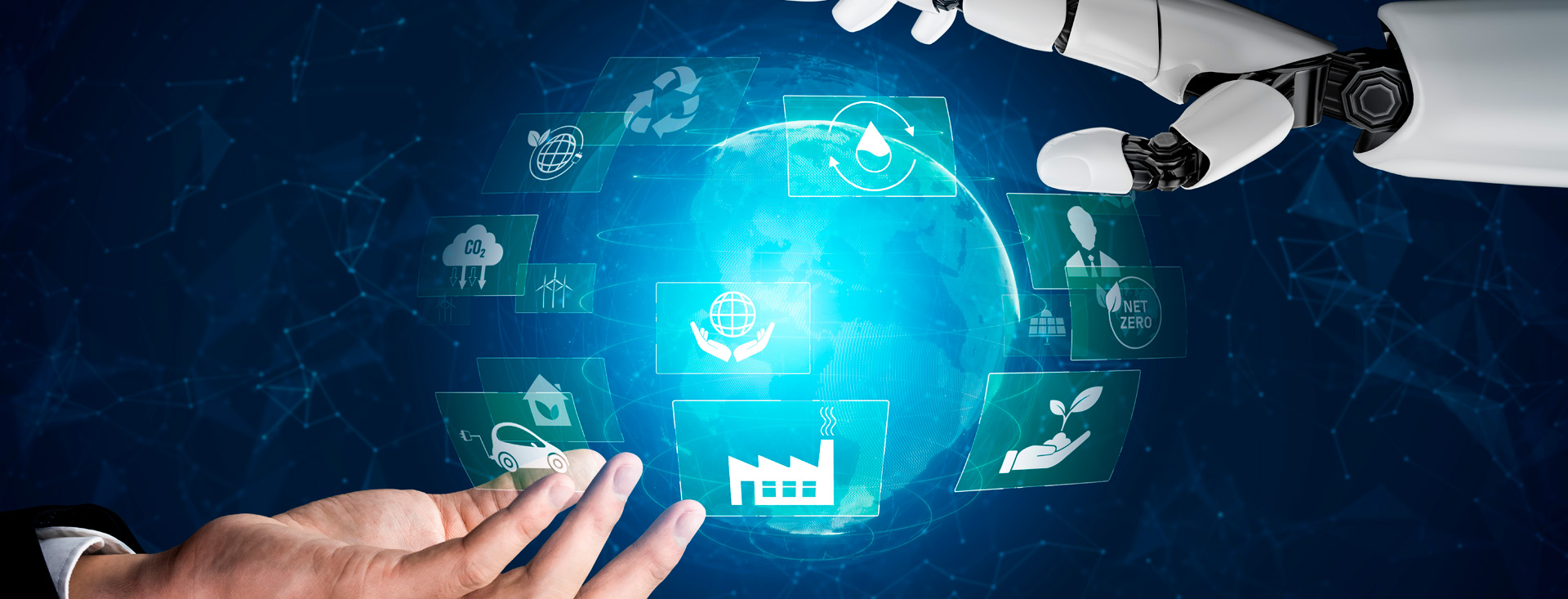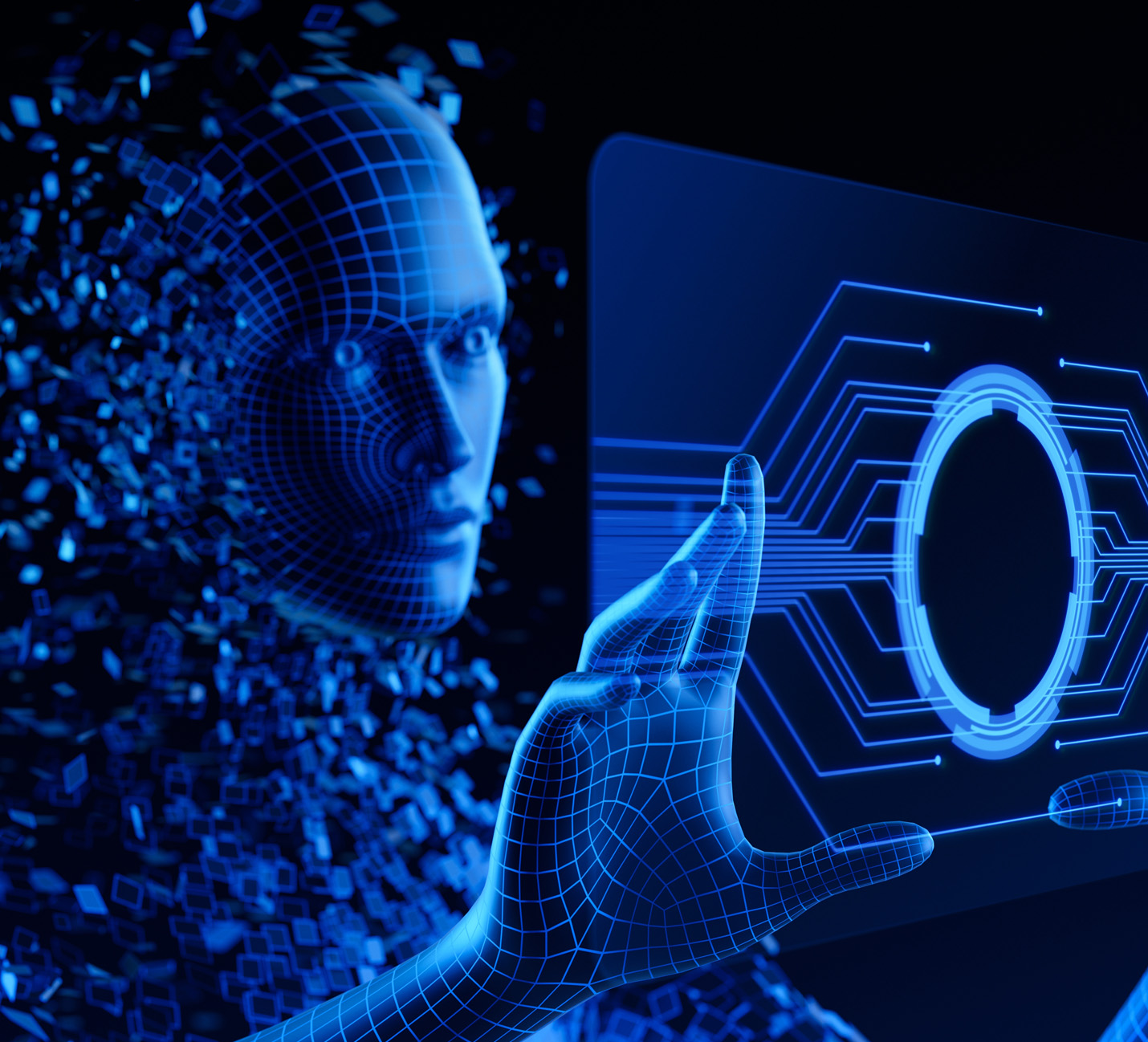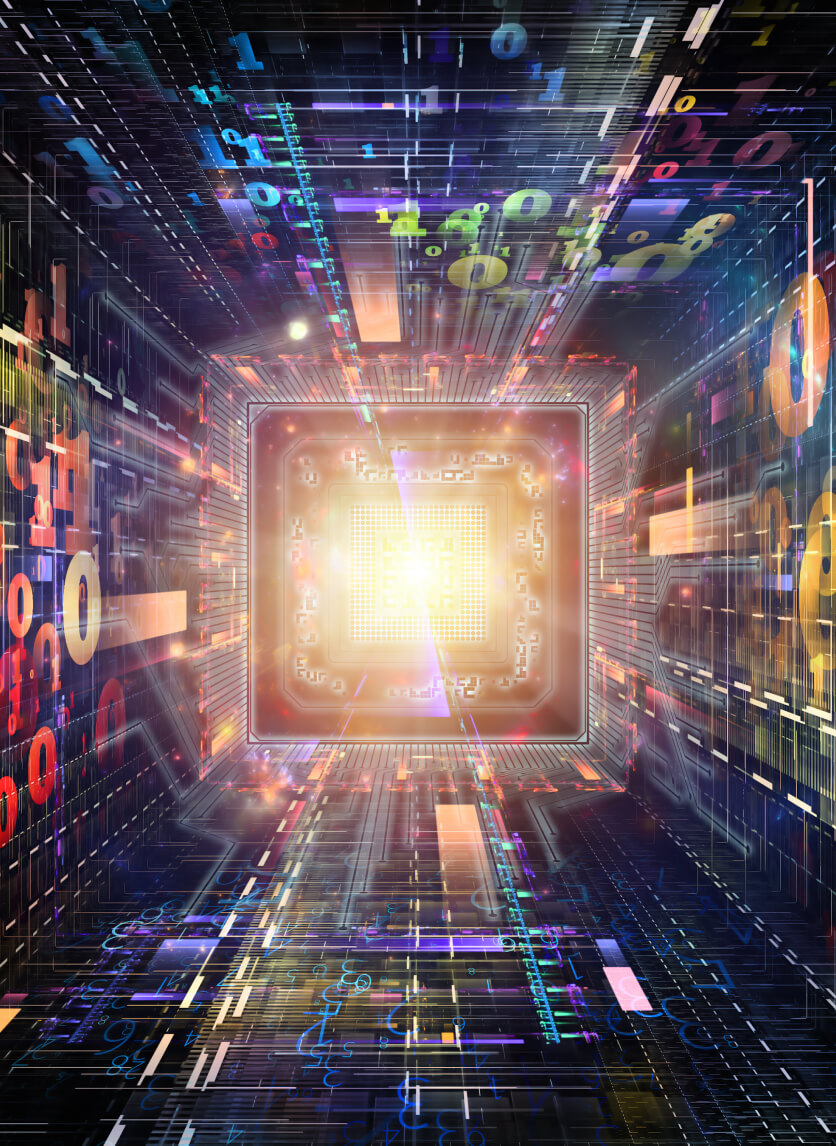Published on 16 July 2025
In the fast-paced world of generative artificial intelligence (GenAI), one concept is gaining traction: autonomous AI agents. These are not just smarter chatbots, but entities that combine contextual understanding, decision-making, and complex task execution without constant human intervention. We are witnessing an evolution that redefines not only the potential of AI but also how businesses design processes, products, and services.
What is an Autonomous AI Agent?
An AI agent is a system that:
- Perceives its environment (for example, through APIs, databases, or natural text).
- Makes decisions based on predefined or learned objectives.
- Acts upon its environment (sending emails, performing analyses, automating tasks, etc.).
- Learns from feedback and improves over time.
Unlike traditional assistants, these agents can orchestrate multiple tools, interact with other systems, and collaborate with each other, even continuously.
Real-world applications in corporate environments
We are no longer talking about the future; autonomous agents are being deployed in key sectors:
- Purchasing and supply chain: agents that analyse supplier offers, simulate scenarios, and generate award recommendations.
- Customer service: systems that resolve complex issues by integrating information from multiple channels without needing to escalate to a human.
- Finance: agents that monitor risk indicators, adjust investment strategies, or detect accounting anomalies.
- IT and DevOps: AI that detects deployment failures, corrects errors, and runs tests automatically.
What makes them possible?
The rise of AI agents is due to the convergence of several advances:
- Multimodal language models (GPT-4, Claude, Gemini) with enhanced reasoning capabilities.
- Frameworks such as Auto-GPT, LangChain or LangGraph, which enable the design and deployment of collaborative agent architectures.
- Native integration with APIs, databases, and third-party tools, turning AI into a genuine operational player.
- Long-term memory and context management, essential for sustainable autonomy.
Challenges we cannot ignore
And although the potential is enormous, autonomous agents present critical challenges that must be considered:
- Security and control: How do we ensure that the agent does not make harmful or erroneous decisions?
- XAI, auditing and traceability: Can we explain how it arrived at a conclusion or action?
- Interaction with humans: How can they coordinate effectively with human teams without causing friction?
- Infrastructure overheads: Sophisticated agents require monitoring, continuous training, and supervision.
On the horizon: ecosystems of Agents
The real revolution will happen when multiple autonomous agents work in networks, collaborating, negotiating and solving complex problems in a distributed manner. We are talking about decentralised organisational intelligence, where the emerging value lies not in the individuality of each agent, but in their interaction.
Autonomous agents are much more than a passing trend: they represent an intermediate layer between humans and full automation, allowing GenAI to move from consultative to executive functions. Preparing for their adoption is not optional, but strategic.
Are organisations ready to delegate real tasks to an autonomous AI?









